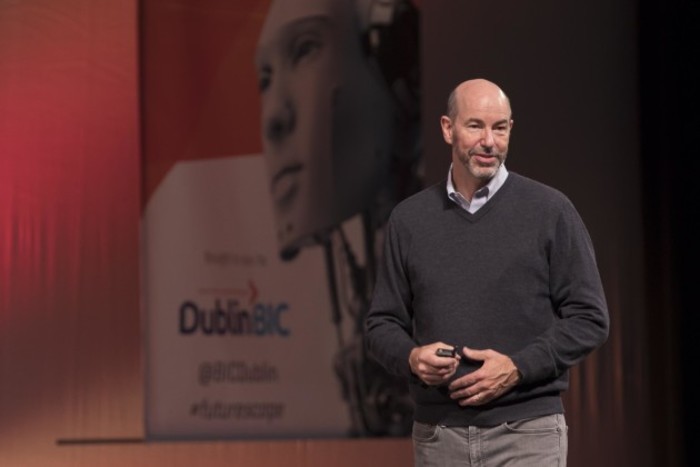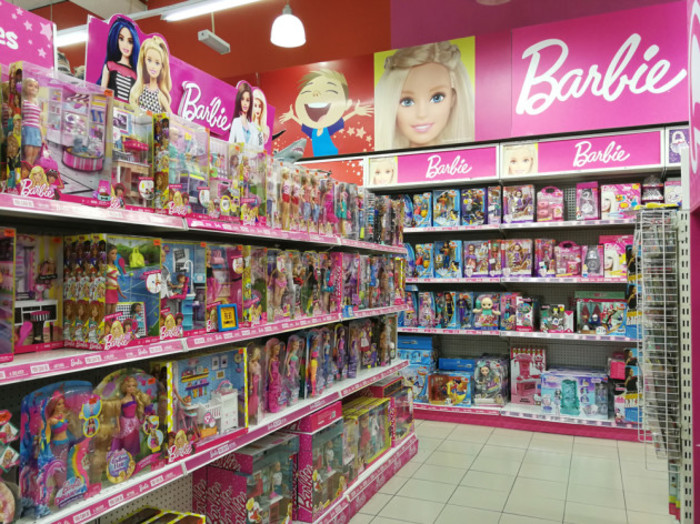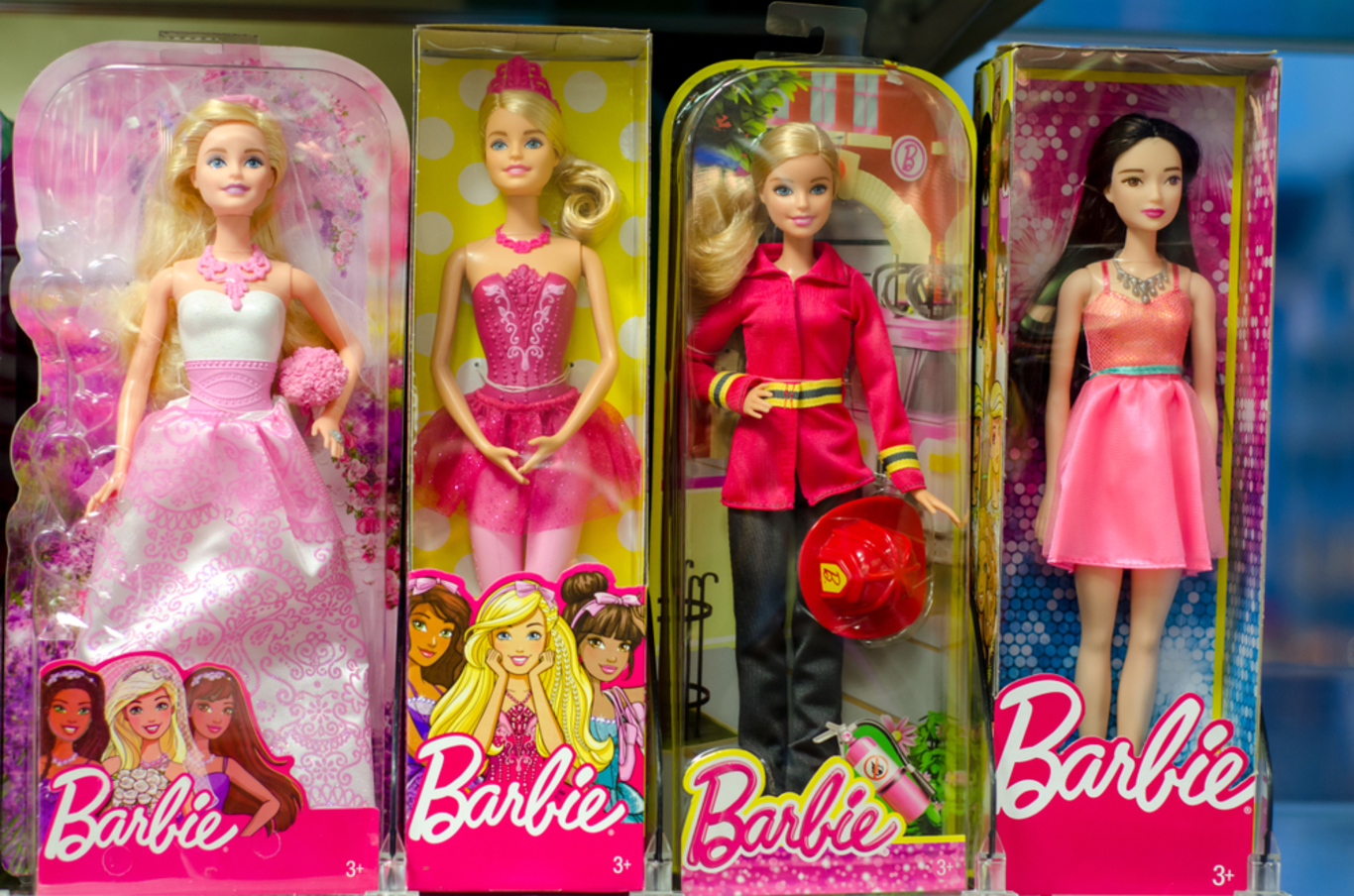These are the lessons Irish firms can learn from the storyteller behind Barbie
Rob Hudnut spent nearly two decades producing movies and TV shows for toymaker Mattel.
GRABBING THE FICKLE attention of the youngest generations can be a difficult task for any company, but Rob Hudnut has spent the last two decades doing just that.
As executive producer for the entertainment division at toymaker Mattel, Hudnut developed and produced movies and television series for brands like Barbie, Hot Wheels, Fisher Price and Minecraft.
This type of content was used as a form of low-key advertising by Mattel to get kids more engaged with the toy giant’s portfolio of products.
The cohort of children Hudnut has spent the guts of his career appealing to have now matured into millennials – no less of a challenge for advertisers as the cohort famously doesn’t respond to traditional ad messaging.
Hudnut left his role at Mattel after 19 years last October to set up his own production and ‘storytelling’ consultancy, and he now gives advice to brand creators and advertisers about how to form compelling narratives around products.
His firm mainly deals with brands targeted at children, but the tricks of the trade are now being widely applied to products and services for adults.
One notable example is in the UK, where Halifax put the characters from 1990s cartoon Top Cat at the centre of its 2016 marketing campaign, while MoneySuperMarket used He-Man characters.
Hudnut tells Fora that this is an example of firms trying to adapt to the fact that the standard, 30-second ad slot doesn’t work so effectively on millennials and younger brackets.
“The age of inauthentic marketing is over because you will be called out immediately on social media,” says Hudnut, who was speaking at the FutureScope conference in Dublin this week.
“Trust is one of the bedrock emotions we’ve been appealing to (at Mattel). Kids return to characters and stories that make them feel smart, brave, happy, powerful, special and loved.
“The most successful brands for adults do the same, they touch you at an emotional level.”
 Rob Hudnut speaking at FutureScope
Rob Hudnut speaking at FutureScope
Tips and tricks
There are lots of tips and tricks that businesses could take from the storytelling-style advertising that brands use for kids, according to Hudnut.
He says there are some fundamentals that all companies can put at the core of their adverts and branding.
“The purpose of storytelling is to engage kids with the character and to inspire play and impart invaluable lessons. A lot of the same thinking applies to consumer product brands.
“You need to define your brand promise about how it will improve your consumer’s life and how it will uniquely do that, then speak to the consumer with that one consistent message.
“For example, in Barbie movies we would base the story on controlling ideas like ‘how love and imagination can change the world’, and ‘the smallest person can make the biggest difference’. These are ideas designed to empower and encourage kids.”
Hudnut says the products he’s has been associated with that were the most successful are those that make kids feel like they can achieve anything.
“You start with the foundations of storytelling, which are compelling characters and adventures that inspire the imagination.
“Havas Media has talked about the definition of meaningful brands being those that inspire the consumer to say, ‘This brand improves my life’. For kids, meaningful brands inspire them to feel smart, brave, adventurous, powerful.
“With kids brands, and the same with brands for adult, decisions are made based on how the brand makes you feel. So I always tried to tell stories that inspired those kind of feelings.”

Where and how to advertise
Startups could also learn from how toy companies focus their advertisements. Hudnut says one error he sees companies make is to spend their money on blanket campaigns, when their money would be better spent on smaller, higher-impact promotions.
“I’ve always felt it’s more important to get the creative right than to spend money on media advertising,” he says.
“Running an ineffective advert over and over again doesn’t do anything for your brand. A bad advert can harm your brand, that’s why it’s more important to focus on the creative.
“The best example is Apple’s 1984 advert for the original Macintosh which only aired once during the Super Bowl. They got the creative right because of that it became famous and was picked up by the media.”
He adds that companies need to start reconsidering what their main advertising channels are.
Taking the example of YouTube, Hudnut highlights that the social video website is now considered by a lot of toy companies to be their most important platform.
“YouTube influencers are now some of the most powerful new marketers. It’s become a new ways for toy companies to launch brands.
“The hottest toy of 2016 was Spin Master’s Hatchimals, which was launched primarily through unboxing videos on YouTube. The same was true for WowWee’s Fingerlings last Christmas.”

Future
Looking into the long-term effect of this type of advertising, Hudnut says this storytelling method of advertising has already made a mark.
He says children, and the millennial generation, are now more likely to be invested in one specific brand than a wide array of different ones.
“The future will belong not to brands that everyone likes a little, but to brands some people like a lot.
“Because of these more personalised ways of selling, there will be a larger number of smaller brands that people are passionate about.
“My advice to startups is to develop products you are passionate about because your passion will inspire it in others. Passion and enthusiasm are contagious.”





